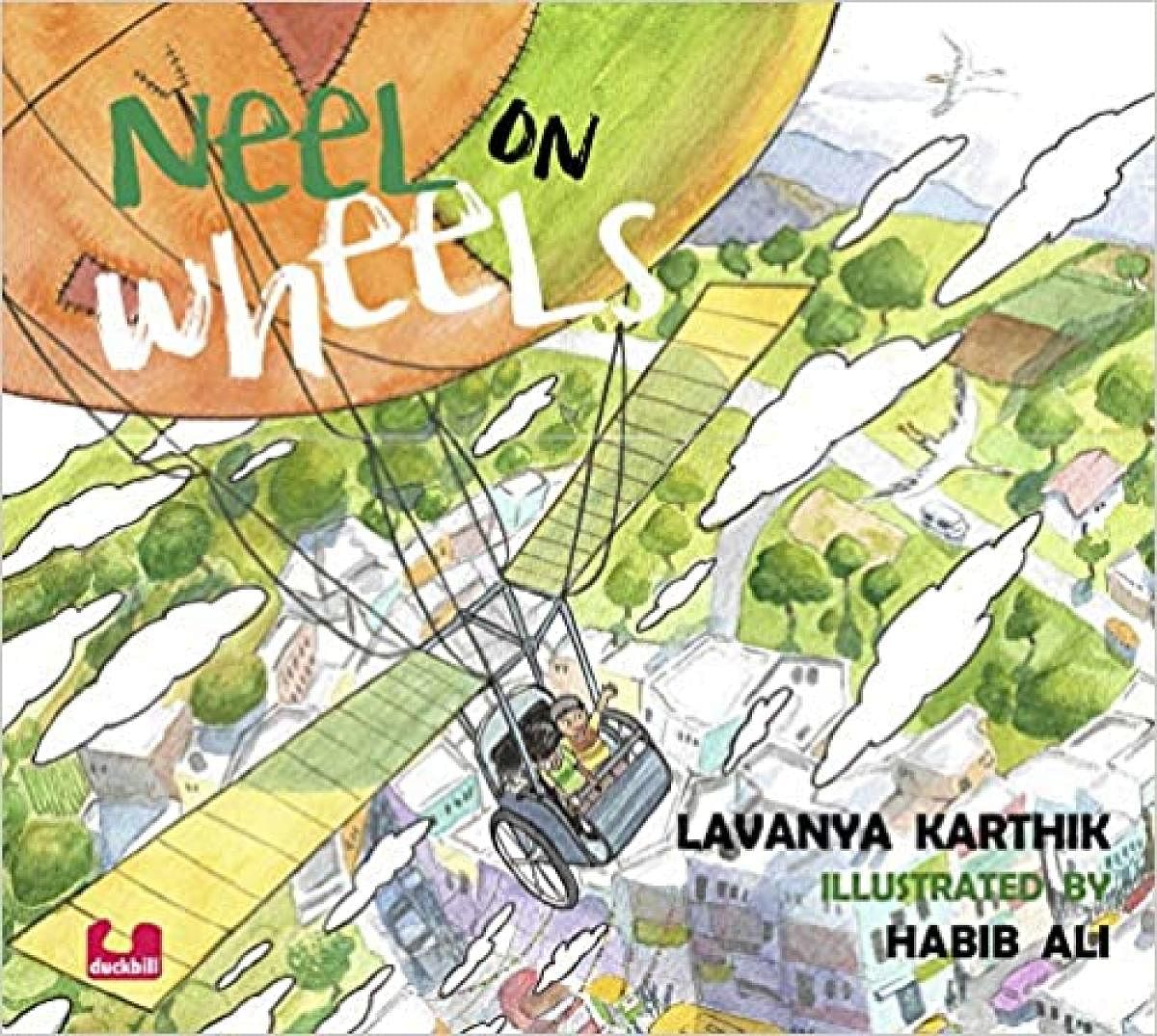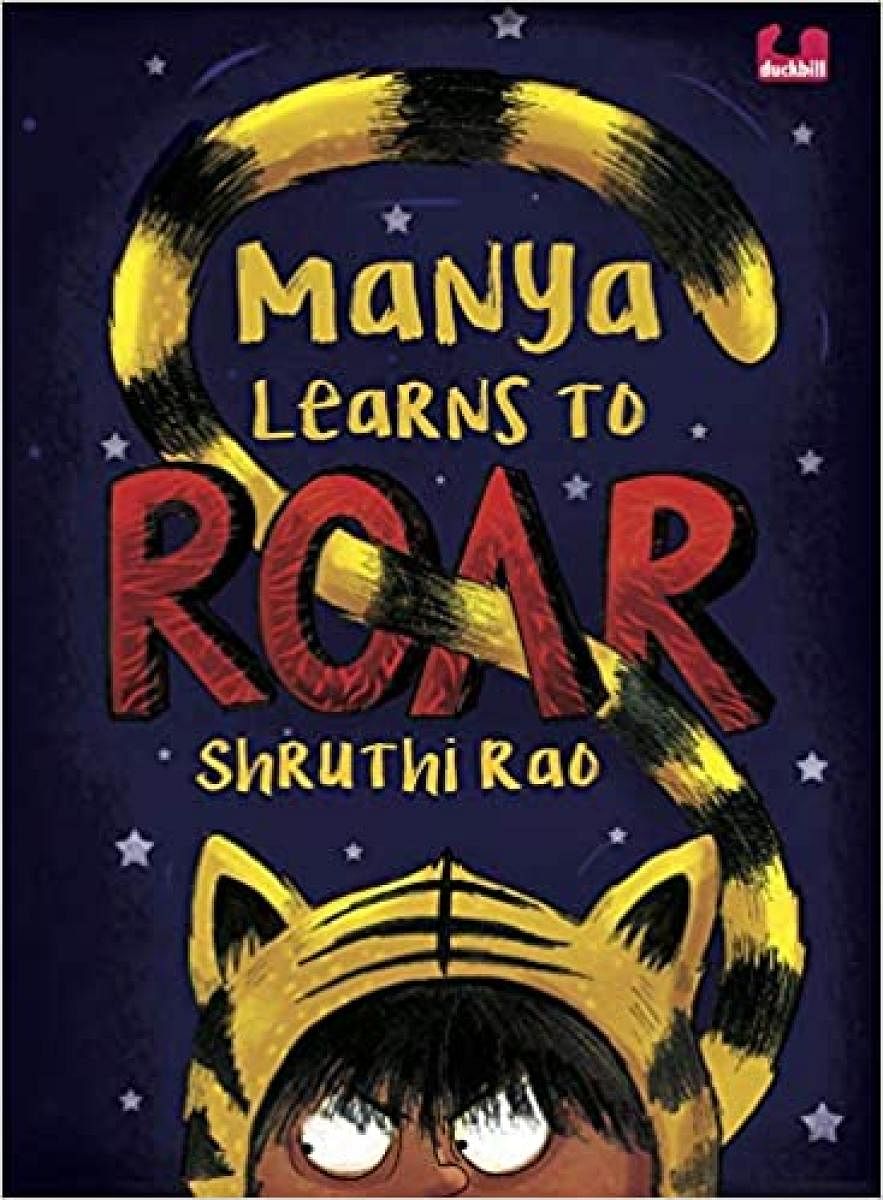

Last weekend, I was a part of a panel in the Belongg Online Literature Fest, discussing how disability is represented in literature. Several fascinating discussions were had. I was asked to be on the panel mainly because two books I’ve written are about children with speech challenges. Manya Learns to Roar (illustrated by Priya Kuriyan) is about a girl who stammers and wants to act in a play and in Susie Will Not Speak (illustrated by Lavanya Naidu), Susie is a girl with a lisp who’s so tired of all the teasing that she decides to stop speaking.
I wrote Manya Learns to Roar for a personal reason — I grew up with a stammer and apart from the taunting I faced, I was also disturbed by the portrayal of People Who Stammer (PWS) in movies and books. PWS are used for comic relief — or they are portrayed as disturbed, evil, nervous, anxious or weak. J K Rowling used a negative portrayal too, in her first Harry Potter book — one of the characters pretends to stammer just to make people think he is weak, nervous and inconsequential. So, I wanted to write books that had strong, confident PWS and that is how Manya’s story came out of me.
Targets of pity?
One of the issues raised in the panel discussion was about how People With Disabilities (PWD) are represented either as targets of pity or as inspirational. And sometimes, like one audience member pointed out, they are gifted with a dazzling talent to “compensate” for their disability and make them “worthy” — like the boy with dyslexia in the movie Taare Zameen Par. What about all those little children without impressive talents to “make up” for their disability?
However, stereotypes are so ingrained in us that even we adults, who think we are aware, do not often pick up on these nuances. This is where children’s literature has the potential to shake us up, wake us up. Stories of PWD, who are confidently and actively in charge of their own lives, are essential not only for PWD with disabilities, but also for others to see PWD as people who don’t need pity and aren’t around to provide you with inspiration. All they need is friendship and understanding.
Happily for all of us, children’s publishers are actively bringing out books about children in diverse situations. Manya Learns to Roar itself is a part of the Children First series, the other books in the series being Kittu’s Very Mad Day by Harshikaa Udasi, illustrated by Lavanya Naidu; Neel on Wheels by Lavanya Karthik, illustrated by Habib Ali; and Vibhuti Cat by Shikhandin, illustrated by Shubham Lakhera.
There are many more such books out there, but we still need PWD to share their stories — with adults, yes, but especially with children. The earlier children learn that the world we live in is far more diverse than they realise, the better it is for all of us.
The author got a master’s degree in energy engineering and worked in the IT industry until her daughter dragged out the writer lurking inside her. She has written eight books for children and can be reached at www.shruthi-rao.com
GobbledyBook is a fortnightly column that gives you a peek into the wondrous world of children’s books. Hop on! Or as Alice did, plunge into the rabbit hole.